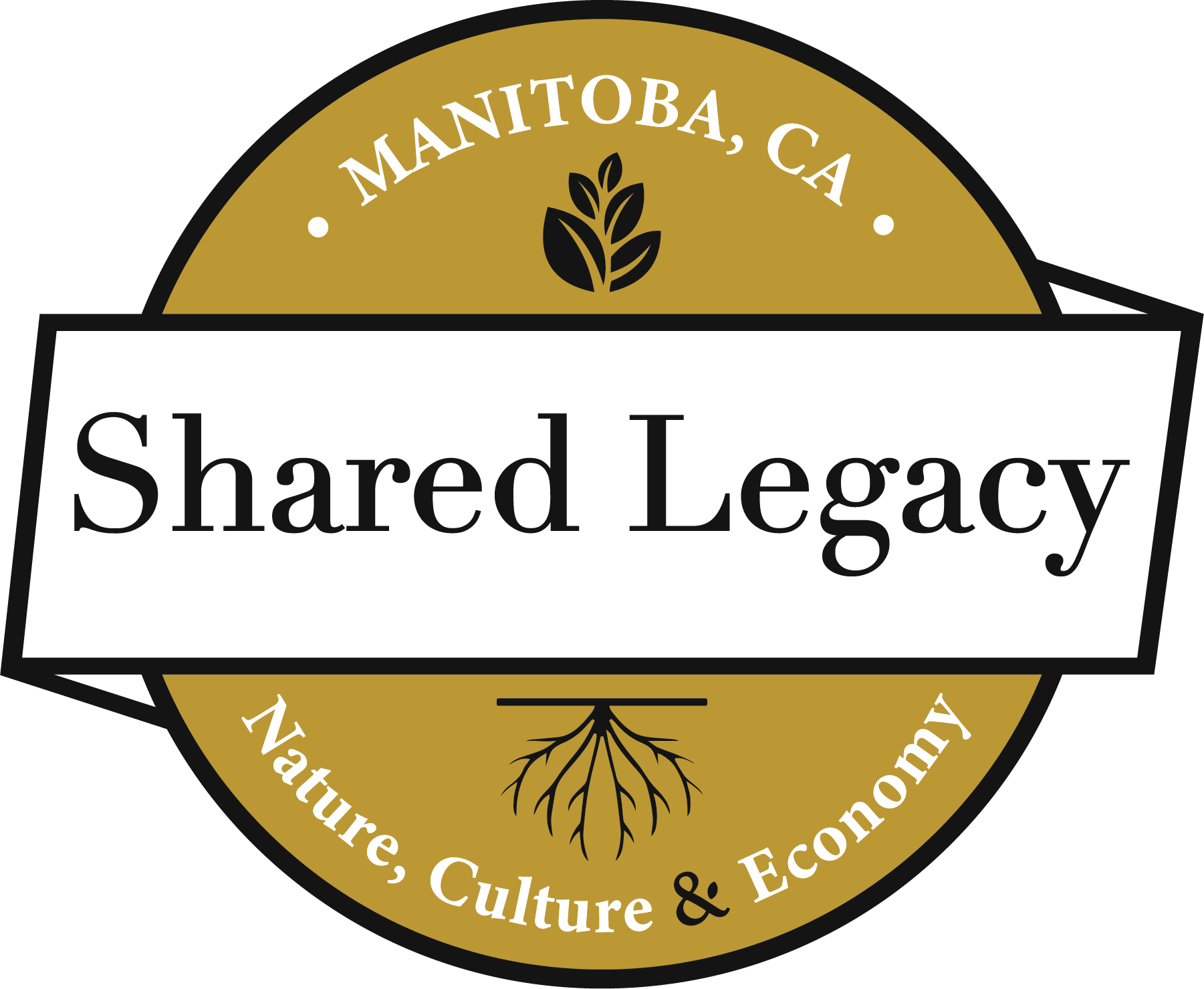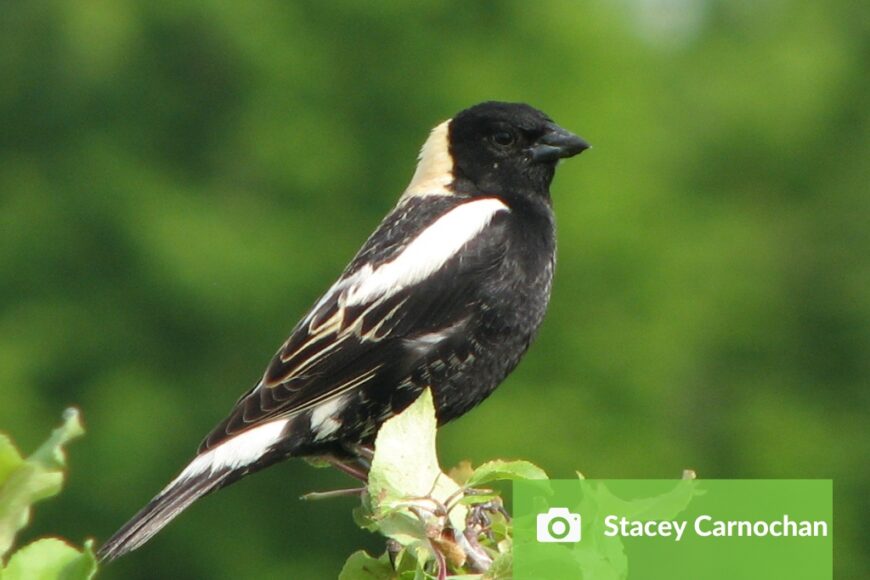Dawson Trail Dispatch, written by Norm Gregoire, May 2023
Page 23 https://issuu.com/dispatch222/docs/dawson_trail_dispatch_may_2023
May is a very exciting time in the tall-grass prairie, especially for birdwatchers. The spring migration is well underway, bringing new species to the area daily. At this time of year, I like to spend extra time outdoors welcoming back our feathered friends. The woods are loud with the calling of male suitors trying to entice females with their beautiful songs. After the breeding takes place, the real work begins by raising the chicks. At this time of year, there is no denying the abundance of life in the tall-grass prairie.
When we think of tall-grass prairie birds, there may be no better representative than the bobolink. The bobolink is smaller than an American robin, with a short tail and neck. Non-breeders and females have a mottled buffy-brown plumage similar to most sparrows and a pink bill. In breeding plumage, the male is dramatically different in colour. Breeding males are mostly black with a white back and rump, while the back of the head is a distinctive buffy, yellow colour and their bill is black. Another great identifying feature is to listen for the bubbly call of the bobolink.
Bobolink can often be seen singing in flight, or while perched on tall tufts of grass and fence posts. They are found wherever tall-grass prairie remains, plus other meadows and hayfields. These areas are preferred for nesting. The nest, which is built by the female, is found on the ground at the base of nonwoody plants. The incubation and nesting period last for two to three weeks.
As more native prairie is being lost, bobolink are increasingly nesting in cropland. This can be an issue as their well-hidden nests can be inadvertently damaged during harvest. I know of producers in the tall-grass prairie community that mark nests before harvest in order to avoid destroying them, an absolutely amazing effort on their part! In turn, bobolink can benefit agricultural areas as they feed on a variety of insects, including those that may be harmful to crops.
Bobolink are also one of our most spectacular songbird migrants, having an annual migration of nearly twenty thousand kilometres which may end as far south as Argentina. Throughout their lifetime, they will travel a distance that is equal to going around the world five times!
Event: Community Bird Walk
To celebrate the incredible migration of the bobolink, and all of our other spring migrants, join me for a prairie focused bird walk on World Migratory Bird Day. This free event in taking place on Saturday, May 13th, with both morning and early evening departures available. The morning walk will run 9am-11am and the evening walk 630pm-830pm, both departing from the Manitoba Tall Grass Prairie Preserves’ Agassiz Interpretive Trail, which is located west of Vita. All are welcome. Please register with Norm at info@sharedlegacymb.ca. See you there!

